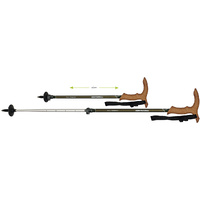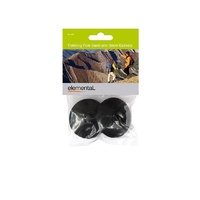
Elemental Trekking Pole Sand and Snow Replacement
$10.50
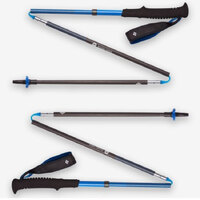 FREE SHIPPING*
FREE SHIPPING*
Black Diamond Distance Carbon FLZ Trek Poles Ultra
$289.99
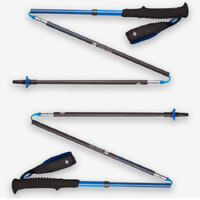 FREE SHIPPING*
FREE SHIPPING*
Black Diamond Distance Carbon FLZ Trekking Poles U
$289.99
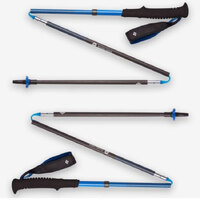 FREE SHIPPING*
FREE SHIPPING*
Black Diamond Distance Carbon FLZ Trekking Poles U
$229.00
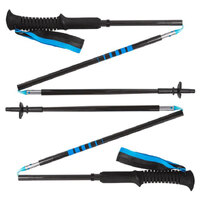 FREE SHIPPING*
FREE SHIPPING*
Black Diamond Distance Carbon Z Trekking Poles Ult
$259.95
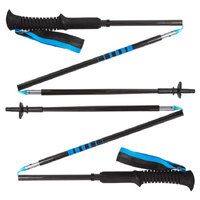 FREE SHIPPING*
FREE SHIPPING*
Black Diamond Distance Carbon Z Trekking Poles Ult
$259.95
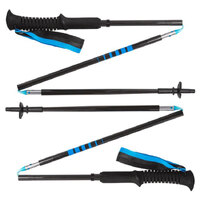 FREE SHIPPING*
FREE SHIPPING*
Black Diamond Distance Carbon Z Trekking Poles Ult
$249.00
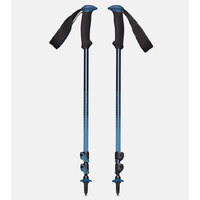
Black Diamond Trail Back Trekking Poles Azurite 10
$125.00
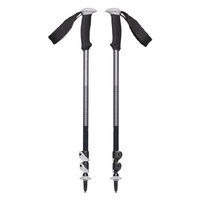
Black Diamond Trail Sport Trail Series Trekking Po
$119.95
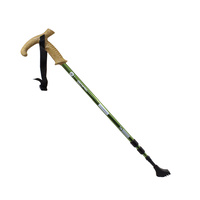
Elemental Touring Pole - Green
$39.95
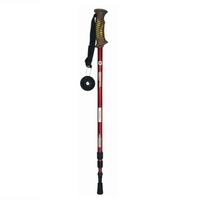
Elemental Trekking Pole (Single)
From $29.95
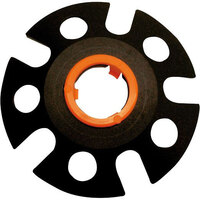
Komperdell Ice Flex Winter Basket
$8.95
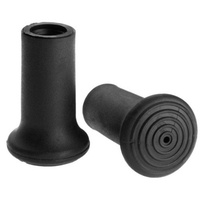
Komperdell Rubber Tip Protector 12mm (Packaged Pai
$8.95
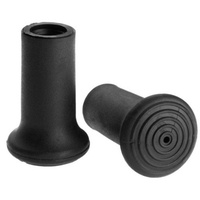
Komperdell Rubber Tip Protector 8mm (Packaged Pair
$8.95
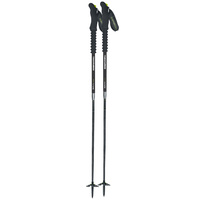 FREE SHIPPING*
FREE SHIPPING*
Komperdell Stiletto Expedition Compact Hiking Pole
$269.95
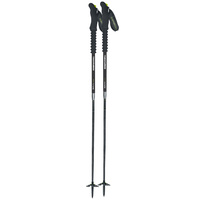
Komperdell Stiletto Expedition Hiking Poles
$269.95
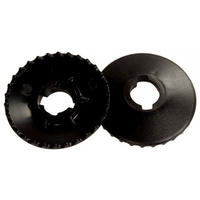
Komperdell Vario Summer Basket (Packaged Pair)
$8.95
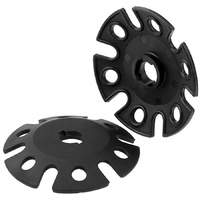
Komperdell Vario Winter Basket (Packaged Pair)
$8.95
Hiking poles can be especially helpful if you have an injury such as a weak ankle or knee but still like to get out and hit the trails.
Why use Hiking Poles (Trekking Poles or Walking Poles)?
Stress Reduction - Hiking Poles will reduce the stress and strain on feet, legs, knees and back by sharing the load evenly across the whole body.
Better Posture - Hiking Poles also help to provide a more ergonomic posture during hiking or walking which can help in breathing.
Balance – hiking poles will aid in balance, especially on uneven terrain
Endurance – the use of hiking poles has been shown to increase endurance and reducing fatigue.
Using one pole is handy for walking/hiking and gives some of the benefits of using two poles, but to maximize the benefits of hiking poles at Bundy Outdoors we recommend purchasing a pair depending on your walking/hiking style.
What types of hiking poles are there?
There is a myriad of choices when it comes to hiking poles (trekking poles, walking poles) and which one is right for you all depends on your activity and preference, and they come with a variety of features, accessories, and grips.
Some of the more common types are:
- Carbon Fibre or Aluminium
- Nordic Walking Poles
- Mountaineering Poles
- Telescopic (adjustable length)
- Fixed Length (fixed length but can often be folded, much like a tent pole with an elastic shock cord that runs through the middle)
- Self-Deploying
- Anti-Shock
What is the best type of hiking pole?
A good hiking pole is one that will suit your chosen activity. The pole needs to be adjustable and most hiking poles have a telescopic ability. The pole should be comfortable to use, especially the grip.
A wrist strap is also a great feature to have as using the wrist strap allows you to walk in a more natural relaxed mode as you don’t need to worry about gripping the hiking pole too much and the risk of dropping the pole is minimised. However, it is up to the user if they prefer the use of a strap or not.
What to consider when buying a hiking pole?
Budget - Is the biggest consideration, as you can get hiking poles for a little as $25-$30 right up to $400-$500 depending on the activity and what you are using them for.
Activity – what are you using the hiking pole for? Is it just the odd hike here and there, or are you an ultra-endurance hiker or cross-country trail runner?
Packed Size and weight– if you are a cross country runner, you are more than likely going to be running, walking, and climbing throughout your activity so something that can be quickly folded and is light enough to carry. If you are just doing to odd hike straight from home, you can afford to have a hiking pole that is a little bulkier. But what if you are travelling to your starting point, can you hiking pole fit inside luggage.
Grip – what kind of grip do you like. Do you like the bipod style similar to the Elemental Bipod Trekking Pole that has the grip that you can hold vertically or if you want you can grab the dome ball at the top and use it more like a traditional walking stick. Or do you prefer the standard walking stick type of hiking pole, one that has a bird beak kind of handle like the Elemental Folding Walking Stick or do you prefer the hiking pole grip like the Komperdell Range of poles?
What is the right hiking pole length?
The hiking pole should be set at a length that allows your forearm to sit parallel to the ground. But again, depending on your personal needs, you may need to adjust the poles to be a little longer or shorter.
What is a hiking pole basket?
This is a question we get asked a lot and there are two different types of baskets, one is a sand basket the other a snow basket. Both perform in the same way, and that is to provide your hiking pole with a wider surface area so prevent your pole from sinking too far into the sand, mud or snow.
Why is there a rubber tip and a metal tip on my hiking pole?
Nearly all poles will have a removable rubber tip or foot, which when removed exposes a metal tip that may be textured or grooved. This tip is to provide traction over slippery rocks or ice. The Rubber tip acts to protect the metal tip and provides a bit of a cushioned experience when walking of flat hard surfaces such as foot paths or roads.
There are replacement tips for most poles and you can even upgrade to something like the Elemental Nordic Walking Pole Feet which can provide a bit of an ergonomic rolling action when using the poles over hard surfaces. They are not normally used on the trails and uneven ground as they are bulkier than the cylindrical tips and there is more chance they will get wedged in a rock or crack and cause damage to your pole.
How to use a hiking pole?
There are a couple of tips for using hiking poles
Alternating poles and legs – use the opposite foot to pole when walking (left foot in front, right pole in front) it can take a little getting used to.
Double Planting – this is very useful if you are going up steep ascents and descents where you need extra stability.
Walk Naturally – it’s always best to try and walk with a natural gait and arm swing, and you will soon work where you need to put your poles to get your forward momentum.
Hiking Pole Locking Systems
There are 2 main locking systems seen in telescopic hiking poles (length adjustable):
Quick release or Flick Lock – these are usually a flip tab that can be used to easily adjust the hiking pole and most hiking poles will have two or even 3 sections that can be adjusted. This type of locking system provides the most security in knowing that unless the tab is flicked up, the poles will not adjust.
Twist Locking – This type of locking system allows you to twist the pole to loosen it and then “twist it” in the opposite direction to lock. The only issue with this type of locking system is that given time and the constant movement and jarring, the pole can twist itself and slowly get out of alignment.

